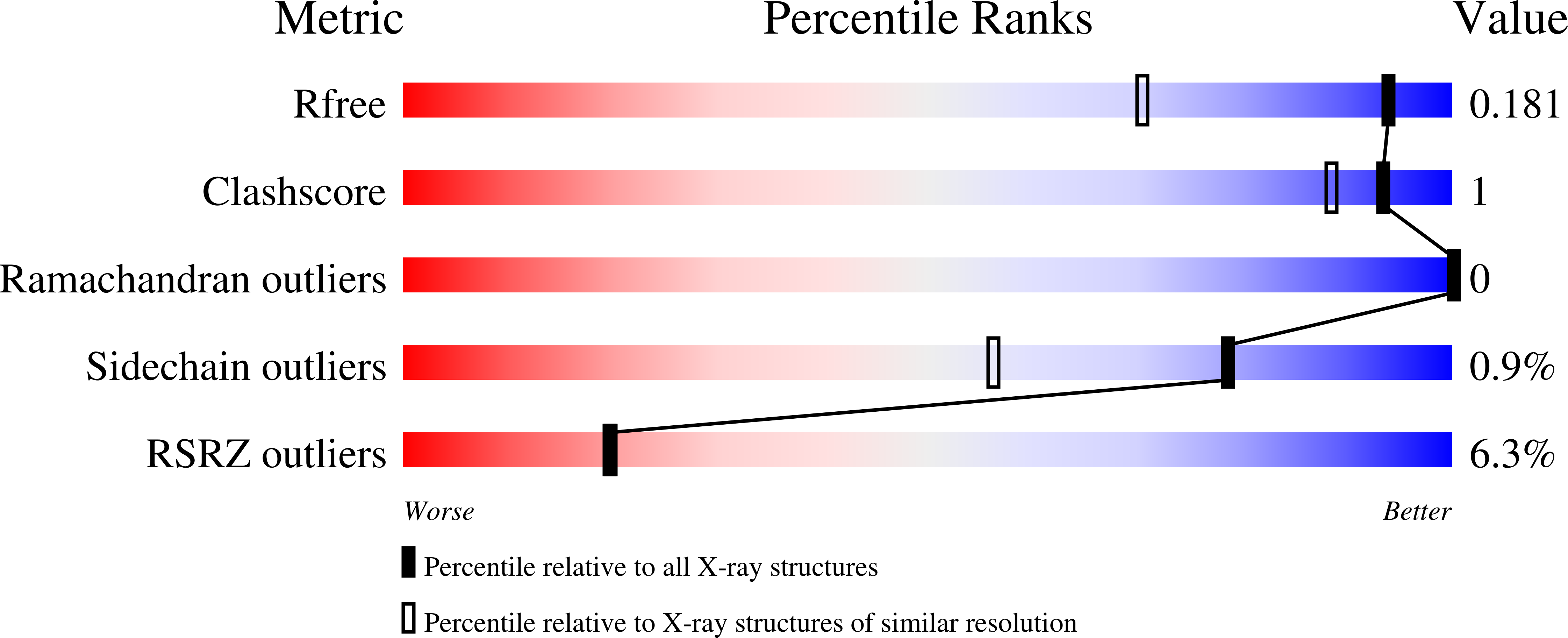
Deposition Date
2022-06-27
Release Date
2022-11-09
Last Version Date
2024-01-31
Entry Detail
PDB ID:
8A92
Keywords:
Title:
p53-Y220C Core Domain in Complex with a Bromo-trifluoro-pyrazole-amine
Biological Source:
Source Organism:
Homo sapiens (Taxon ID: 9606)
Host Organism:
Method Details:
Experimental Method:
Resolution:
1.37 Å
R-Value Free:
0.18
R-Value Work:
0.15
R-Value Observed:
0.15
Space Group:
P 21 21 21


